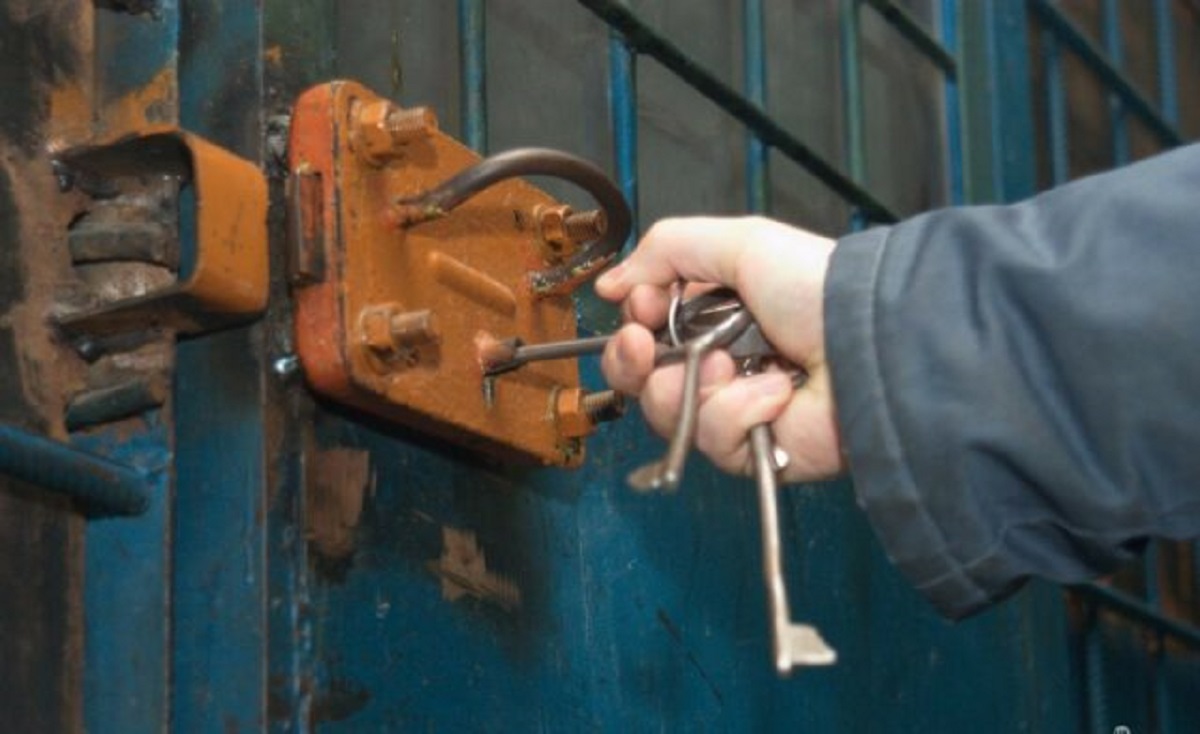Ukrainian lawmakers are exploring avenues to bolster the nation's mobilization capabilities. Recent initiatives involve assessing public sentiment on conscripting Ukrainians from overseas, mobilizing individuals with disabilities, and the contentious proposal to involve prisoners. The MP's even had separate discussion on the later proposal, joined by CinC AF of Ukraine Valery Zaluzhny, during a meeting of the pertinent parliamentary committee last week. Despite military command not fundamentally opposing the idea, practical challenges and potential pitfalls make the inclusion of prisoners a delicate matter. The intricacies surrounding this proposal are dissected in detail in the Apostrophe’s article.
The idea is not novel
References to prisoners in the context of the Armed Forces have occurred previously. Particularly in the first days afyer Russia launched an unjustified lawless full-scale invasion, but than it was the matter of volunteers. In March 2022, the Verkhovna Rada made amendments to the Criminal Procedure Code, allowing individuals in custody awaiting sentencing to request release during martial law. Subsequently, these individuals could be mobilized.
This exemption doesn't cover individuals charged with serious crimes like treason, murder, and rape. For those already convicted, an alternative process was in place - expedited pardon from the President. Consequently, in the initial months of the full-scale Russian invasion, the Ukrainian President pardoned 363 inmates.
Notably, individuals like Serhii Torbin, convicted for orchestrating an attack on Kherson activist Kateryna Handzyuk, and Andriy Antonenko, along with military medic Yana Duhar accused of the murder of journalist Pavlo Sheremet, have joined the Defense Forces. Concerns from human rights defenders and lawyers surround the cases of the latter two, as accusations and evidence investigations faced significant scrutiny. The allegations against these two Donbas combatants – Antonenko and Duhar - appeared to be concocted.
Additionally, at least three members of the controversial "Tornado" volunteer unit, previously accused of unlawful activities during their involvement in hostilities in Donbas, have reengaged in armed service.
‘The most memorable case for me personally is comrade Iranian (real name - Victor Panasko),who was imprisoned for a group murder, but had experience in the Anti-Terrorist Operation Zone. He was released, he went to fight and died heroically. That is, there are such examples,’ senior lieutenant of the Armed Forces of Ukraine, knight of the Order of Bohdan Khmelnytskyi, expert of the Analytical Group "Leviathan" Mykola Melnyk.
Later on, the incorporation of prisoners into the Armed Forces gradually faded into oblivion.
‘Post this period, pardons ceased. Individuals with incomplete sentences were released upon the prosecutor's request. Despite this, the willingness of convicts to engage in warfare remained unchanged. The parole system faces inefficiencies, with the prosecutor's office frequently finding pretexts for denial. Some joined Ukraine's defense only post-release, facing the challenge of concealing their ex-convict status and negotiating alternative paths for acceptance for military service,’ Oleg Tsvily, a human rights advocate and the head of the board of the Aid to Prisoners of Ukraine foundation stated in a comment to Apostrophe.
Selection of prisoners
In fact, implementing a traditional mobilization of prisoners, according to experts interviewed, is deemed an unwise move. Even the Russians refrained from such action, acknowledging the unpredictability of its consequences.
‘If individuals lacking combat experience but expressing a desire to enlist in the Armed Forces of Ukraine are considered, this should be done very carefully to prevent the introduction of practices from the criminal realm into the military. Handling these matters delicately is crucial; a shift away from military regulations and practices in favor of criminal codes could lead to the collapse of the Armed Forces,’ Melnyk believes.
For the same reasons, establishing separate units comprised of prisoners is not advisable. Moreover, Ukraine does not require its own ‘Prigozhin.'
With a proper strategy, former prisoners can contribute to the Armed Forces. One potential option is to reintroduce the enlistment of volunteers from prisons, though careful consideration is essential in this regard.
‘There were previously convicted persons in my unit, and more than one. But some know how to work with them, some do not. And in no way can such people be imposed on officers who do not want them, because it can lead to the collapse of the unit,’ Melnyk says.
He emphasizes the significance of consulting unit commanders regarding their willingness to accept ex-prisoners. Moreover, caution is advised to avoid the concentration of multiple former prisoners within a single unit.
Experts interviewed concur on the selection of volunteers from correctional facilities, emphasizing an individualized approach. This involves engaging psychologists, utilizing polygraph examinations, and conducting comprehensive data collection on each prisoner.
‘One viable approach is establishing a commission, inclusive of both penitentiary staff and public representatives. Individuals may have undisclosed transgressions not reported by the administration or documented in the case. Insights from inmates who shared a cell with the individual for an extended period should also contribute to the assessment. Importantly, the severity of the charge may not always be the decisive factor’ Tsvily stresses.
How many can be recruited?
The precise number of prisoners in Ukraine is currently undisclosed. As of the beginning of 2021, there were 49,823 people in prisons. Presently, experts estimate a slightly higher figure.
‘There are about 65,000 prisoners in all of Ukraine. About 20,000 of them are prisoners who have not yet been sentenced. They are sitting in pretrial detention centers,’ - Serhiy Starenkyi, the head of the State Penitentiary Service of Ukraine in 2014, said in a comment to Apostrophe. – ‘There are 40-45 thousand convicts in correctional institutions. Two thirds of them have previous convictions. 2.5-3 thousand - sentenced to life imprisonment. About 4,000 are women and minors. There are also up to 4,000 tuberculosis patients, disabled persons, etc. That is, about 30,000 people who could theoretically be mobilized. But if we exclude those previously tried and convicted of particularly serious crimes, then according to my estimation, 10-15 thousand people can be forcibly mobilized.’
The number of prisoners willing to voluntarily join the front is, of course, significantly smaller but still sufficient.
‘In each correctional facility, of which there are up to a hundred in the territory controlled by Ukraine, there are approximately 20-30 eligible men. Consequently, a total mobilization of up to 3,000 individuals is feasible,’ Tsvily believes.
Another category includes those conditionally sentenced to non-custodial punishments. According to experts, there are approximately 70,000 individuals in this category in Ukraine.
‘But the Territorial centers of recruitment themselves do not mobilize such people. I understand that they have an internal instruction not to recruit those who are currently under criminal prosecution. Some of them were mobilized as volunteers. They simply then informed the Probation Service that they were serving’, Starenky added.
One more important aspect - crime bosses at least do not prevent those who wish to join the Armed Forces. According to Oleg Tsvily, in Kherson, Melitopol, Berdyansk, as well as in Sumy, former prisoners actively joined the resistance to Russian troops.
‘In the realm of the criminal underworld, there are very few thieves in law of Ukrainian nationality. One such figure is Serhii Lysenko, also known as Lera of Sumy. He issued the directive to assist the Armed Forces and territorial defense in halting the attack on Sumy Oblast. Later during international discussions among thieves in law, Lera faced criticism for his intervention. Nevertheless, he defended his stance in the presence of numerous Georgian, Russian, and other figures in the criminal world. Essentially, the ‘generals of the criminal world’ had already reached a consensus,’ Tsvily tells.
Serhii Lysenko holds the reputation as the most influential thief in law with significant sway in Ukraine. Presently residing abroad, he has served a total of 23 years in prison. Over different periods, he has been associated with overseeing illegal gambling operations, counterfeit alcohol production, and involvement in the drug and arms trade.
No carrots without sticks
To instill greater discipline among former prisoners, it is imperative to establish a mechanism for their return to prison in case of misconduct or exceeding boundaries.
‘There's a necessity for a legal framework enabling recall criminals from the military. This could involve introducing specific consequences for individuals refusing to follow combat orders, leading to contract termination and return to designated zones. This precaution is crucial to prevent individuals from exploiting the option to abandon their duties, surreptitiously disarm, and defect to the enemy's side,’ Melnyk stresses.
Individuals granted a pardon by the president are now regarded as having completed their sentences. For others, a distinct decision is necessary.
‘The fate of individuals mobilized from correctional facilities remains uncertain. Will their stay be extended, the punishment postponed, or will they be permanently released from the penalty? It appears they might be released from serving the sentence, and if they commit another offense, they would be held accountable for just one. The mechanism for adding a new punishment is currently nonexistent,’ Starenky says.
Mobilizing prisoners for combat is not the sole alternative. Correctional facilities also represent a concentration of labor resources. Inmates who remain incarcerated can be utilized, for instance, in the production of essential items for the front. The government's strategy in harnessing these opportunities will be revealed over time.


